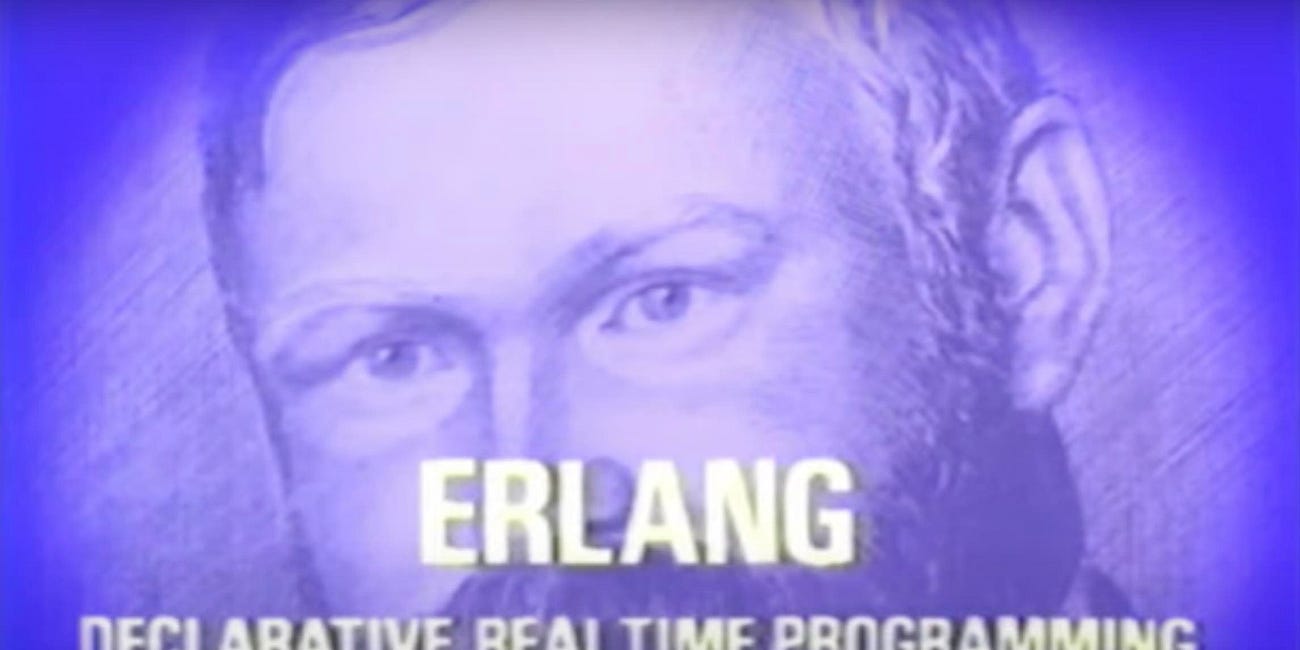To celebrate one year of the The Chip Letter, for the next week, take out a yearly subscription and get a 10% discount.
Last Tuesday marked exactly one year since I pressed send on the first edition of The Chip Letter. That first post featured the distinguished presences of Robert Noyce and Gordon Moore. Where else to start a newsletter on chips?
Robert Noyce And The Road To El Dorado
“Noyce knew exactly what he possessed in this integrated circuit, or microchip, as the press would call it. Noyce knew that he had discovered the road to El Dorado.” Tom Wolfe: The tinkerings of Robert Noyce “Don't be encumbered by history, jus…
One year on, readers might be interested in some brief facts and figures. My Substack dashboard reveals:
92 posts
6,600 subscribers
> 370,000 views
None of this would have been possible without generous support.
So thanks to everyone who has lent their support : by recommending The Chip Letter, by taking out a paid subscription, by sharing with others, lending moral support or just subscribing.
Thank you, to you all!
The Chip Letter is one year old and so is my son. This is not a coincidence! I started writing the first post soon after he was born, in the spare moments when he was sleeping. Thanks to him and my wife for all their love and support.
I hope this is just the start. There are so many interesting topics to cover. Coming up over the next few weeks we have posts planned that run the full range of computing devices: from microcontrollers to supercomputers, plus posts on the origins of AI and, of course, more later this week on the Transputer.
One year on has been a good time to reflect and so I have some changes planned which I believe will sharpen the focus of The Chip Letter and, hopefully, make it both more interesting and relevant. Stay tuned!
Now, a brief look through the archive.
The most popular post, by views, was, perhaps surprisingly:
Ericsson to WhatsApp : The Story of Erlang
In this post, we’re going to look at a piece of technology that was banned by the company that created it. It was kept alive by a small team of enthusiasts. Then, almost thirty years after its first development, it became the core technology underpinning one of the most important and lucrative startups of the 2010s.
Although, by likes the recent post on the early history of RISC-V edges out Erlang!
My personal favourite posts are probably those that reveal less well known individuals, stories, or technologies. Herman Goldstine, who helped to reveal John von Neumann’s ideas to the world, Canada’s role in Intel’s early finances or Apple’s first attempt to build its own processor.
Do let me know if you have a favourite.
Finally, I want to ‘return the favour’ to some who have provided support and highlight some of their work that I think readers will enjoy.
SemiAnalysis
There is a saying, sometimes attributed to General Omar Bradley, that “amateurs talk strategy, professionals talk logistics”. Well
at talks both, and better than anyone else. Really, if you want to understand what is going on in semiconductors then its an essential read.I owe a huge thank you to Dylan, who was an early recommender of The Chip Letter.
It’s hard to pick a top post from SemiAnalysis so I’ll pick two. The scoop on the Google internal AI memo seemed to be discussed everywhere:
But possibly my favourite post was on Intel’s IDM travails.
Asianometry
The companion to his deservedly and wildly popular YouTube channel,
from is both wide in scope and invariably insightful in its analysis.Again, it’s hard to pick favourites, but Jon’s two posts on AMD, which are as always, just terrific.
The first is on the early years of AMD.
And the second on the longstanding rivalry between AMD and Intel.
Goto 10
at Goto10 is outstanding not only at documenting lots of retro-computing (especially Atari) goodies, but also at looking at the culture that surrounded that era. Whether it’s books, magazines, catalogs or even receipts, nothing escapes Paul’s eye.Here is a great example of Paul finding and documenting a long disappeared Atari ST Magazine.
Computer Ads from the Past
John Paul Wohlscheid’s Substack delves into the rich history of computer (print) ads to pull out gems that often surprise and amuse.
Here, though, is a slightly more serious post with an interview from 1985 with two of the most distinguished computer scientists of the recent past: Donald Knuth and Niklaus Wirth:
CL: Your books are called The Art of Computer Programming, yet the discipline is called computer science.
Knuth: Calling it Art was my first idea for the title. I later decided to change it to The Analysis of Algorithms, but the publishers wouldn't lei me because they said it would never sell. I'm glad they talked me out of making a change.
Fprox
Readers will be aware of my recent interest in RISC-V. For much more detail on the development of the architecture, Fprox’s Substack has been providing regular updates on many features. New readers might like to start here, with a fascinating post on RISC-V ‘profiles’.
That’s it for this edition. Look out for more on the Transputer later this week.
Thanks for subscribing to The Chip Letter.








Congratulations. 92 posts! While having a day job and a one-year-old. Congratulations for that too!
I started my consulting firm a year after our oldest was born, so maybe the milestone forces some clarity.
My favorite post has probably been the Erlang post, in part because it was unexpected.
Looking forward to the next year!